We live in a world of increased awareness and knowledge regarding health and wellness. We are also experiencing unprecedented effects of climate change which has led many people world over to rethink their animal based dietary choices due to the environmental impact, and switch to more plant based foods and vegetarian protein sources. Today, while traveling, it is easy to get delicious soya chunks, millets & lentils with protein high protein vegetarian meals options in almost any country. And globally many have also embraced vegan high protein foods.
Furthermore, many celebrities and athletes have publicly disclosed their vegetarianism and their meal plans popularizing this movement. Shows on Netflix such as The Game Changers follow professional athletes and how they leverage vegetarian protein meals such as soy chunks, lentils, beans and pulses. They successfully get their protein sources and ingest the needed calories for peak performance.
So let’s have a look at some of these very healthy plant-based protein sources and their key benefits.
What Is Soya Chunks?
Soya chunks are made from soya flour from which the oil has been removed. They are rich in Omega 3 and also a great protein source for vegetarians. Once you add warm water to these chunks they become puffy and soft. They are popularly known as meal makers or mock meat in the market and are comparable to chicken breast in texture and use and work well in curries and gravies for Indian meal preparation. Also, the protein content in soy chunks varies depending on the quality and preparation method, but still the soya chunks protein is 52 gram for per 100 gram of serving.
Soya Chunks Nutrition Facts 100g
Protein, omega 3 fatty acids, and polyunsaturated fats are all abundant in soya chunks. 100 gram of uncooked soya chunks have 345 calories, 52 gram of protein, 0.5 gram of total fat, 33 gram of carbs, and 13 gram of dietary fiber. The body receives no additional sugar or sodium from them, but they are also high in calcium and iron. They also contain all 9 essential amino acids making it a holistic vegetarian protein source for anyone
Soya chunks are rich in:
- Vitamin B
- Fiber
- Potassium
- Magnesium
Soya Chunks Nutritional Value Per 100g
|
Protein |
52g |
|
Fiber |
13g |
|
Calories |
345 cal |
|
Carbohydrates |
33g |
|
Fats |
0.50g |
|
Calcium |
350mg |
|
Iron |
20mg |
Be aware that too much soya chunks consumption can lead to adverse consequences. Some soya chunks side effects are constipation, bloating, and nausea that might affect the stomach and intestines. In certain people, it can also result in allergic reactions that include rash, itching, and breathing difficulties.
Millets
What is millet may likely be the first question that pops into your head. A small, spherical whole grain known as millet grain is grown in Nigeria, India, and other Asian and African nations. It is regarded as an ancient grain and is utilised for human consumption, animal feed, and bird feed. Most millet crops are native to India making this a highly sustainable and eco-friendly way of eating. They are nutrient dense, fiber rich and contain good protein sources.
Millet Nutrition Facts:
Millets are rich in dietary fibre and nutrients. They are a good source of protein, phytochemicals, and minerals. The millets have a protein content of 6g, a fat content of 1.7g, a carbohydrate content of 41g, and a dietary fibre content of 2.2g. Compared to other cereals like corn, millet protein has a better essential amino acid composition.
Millet Nutritional Value For One Cup (174 g)
|
Protein |
6g |
|
Fiber |
2.2g |
|
Carbohydrates |
41g |
|
Fats |
1.7g |
They also have a better amino acid profile than other grains. Among the major millets, pearl millet or bajra has a higher protein composition while Sorghum or Jowar has a unique feature of having proteins which end up a little less digestible upon cooking which might benefit certain dietary group. Finger millet or Ragi has lower protein sources in comparison to Bajra (6-8%) but is one of the highest sources of calcium among millets - 350 mg/100g.
What Are Lentils?
So what are lentils? The tiny legumes known as lentils are incredibly nutritious. Protein, fibre, and minerals are all included in every meal. Whether you are vegetarian or not, as an Indian lentils would invariably be a part of your daily meals in some form. Although soya chunks top the list of vegetarian protein sources, still lentils protein is 9 gram for every 100 gram of serving. They are also a great fiber source and promote healthy gut bacteria in our colons which better our digestion. Other nutrients which make lentils very important to our diets are folate, magnesium and iron. They are also rich in antioxidants and phyto-nutrients.
Lentils Nutritional Value For One Cup (198 g)
|
Protein |
17.9g |
|
Fiber |
15.6g |
|
Calories |
230 cal |
|
Carbohydrates |
39.9g |
|
Fats |
0.8g |
In India we consume various items like lentil dals, sambhars, rasam or even halwas which contain lentils. In the west and in Mexico beans such as kidney beans, black beans, pinto beans, garbanzo beans and chickpeas (or channa) are often used as vegetarian protein sources. Lentil pulses and beans are used as lentil soup, gravy or on salads.
According to the FAO (Food and Agriculture Organization), Lentils are broadly classified as follows and known by different names depending on the countries they grow in and consumed in.
Types of lentils:
- Brown
- Green
- Red and yellow
- Specialty lentils (like Black Beluga or Puy)
Lentils contain the third highest sources of protein out of all the legumes and nuts (FAO). And 26% of calories from lentils can be attributed to protein (FAO).
Found this article insightful? Visit the Wingreens Harvest Blogs to read more engaging blog posts related to health and nutrition foods. You can also visit Wingreens Harvest to buy healthy millet muesli online.
Frequently Asked Questions
Q1. How to eat soya chunks for weight gain?
Ans: While 100g of soya chunks has more calories than 100g of paneer, it is unlikely in a meal we would end up eating 100g of soya chunks at once. So soya chunks can be consumed even if you are looking to watch your weight gain. They are actually a better vegetarian and vegan protein source than paneer. And proteins aid in weight loss and muscle gain.
Q2. Are millets good for diabetes?
Ans: Yes. millets are good for diabetes because they are whole grains, complex carbohydrates and fiber rich. With a lower glycemic index they are a good grain choice for diabetics.
Q3. Are millets good for weight loss?
Ans: Yes, millets are good for weight loss because they are a low calorie grain option. Typically, 1 bowl (242g) contains 186 calories
Q4. Can we eat soya chunks daily as a source of protein?
Ans: Yes, soya chunks can be consumed as a daily protein source
Q5. What are the different ways to eat millets?
Ans: Millets can be eaten in many ways. They can be cooked like rice to substitute rice in our meals. Millets like bajra or jowar are used in rotis. We can make millet porridges. Millets can be used as flour, in baking and in snacks like chaklis as healthier substitutes to other refined grains. Millets can also be used in breakfast items like muesli and in snacks like granola bars
Q6. What are soya chunks made of?
Ans: Soya Flour
Q7. Are lentils really a good source of protein?
Ans: Yes they are a good vegetarian protein source and contain approximately 26% of proteins for their given calorie profile.
Ans: Soy chunks, soya, lentils, greek yogurt and cottage cheese are among the best vegetarian protein sources.
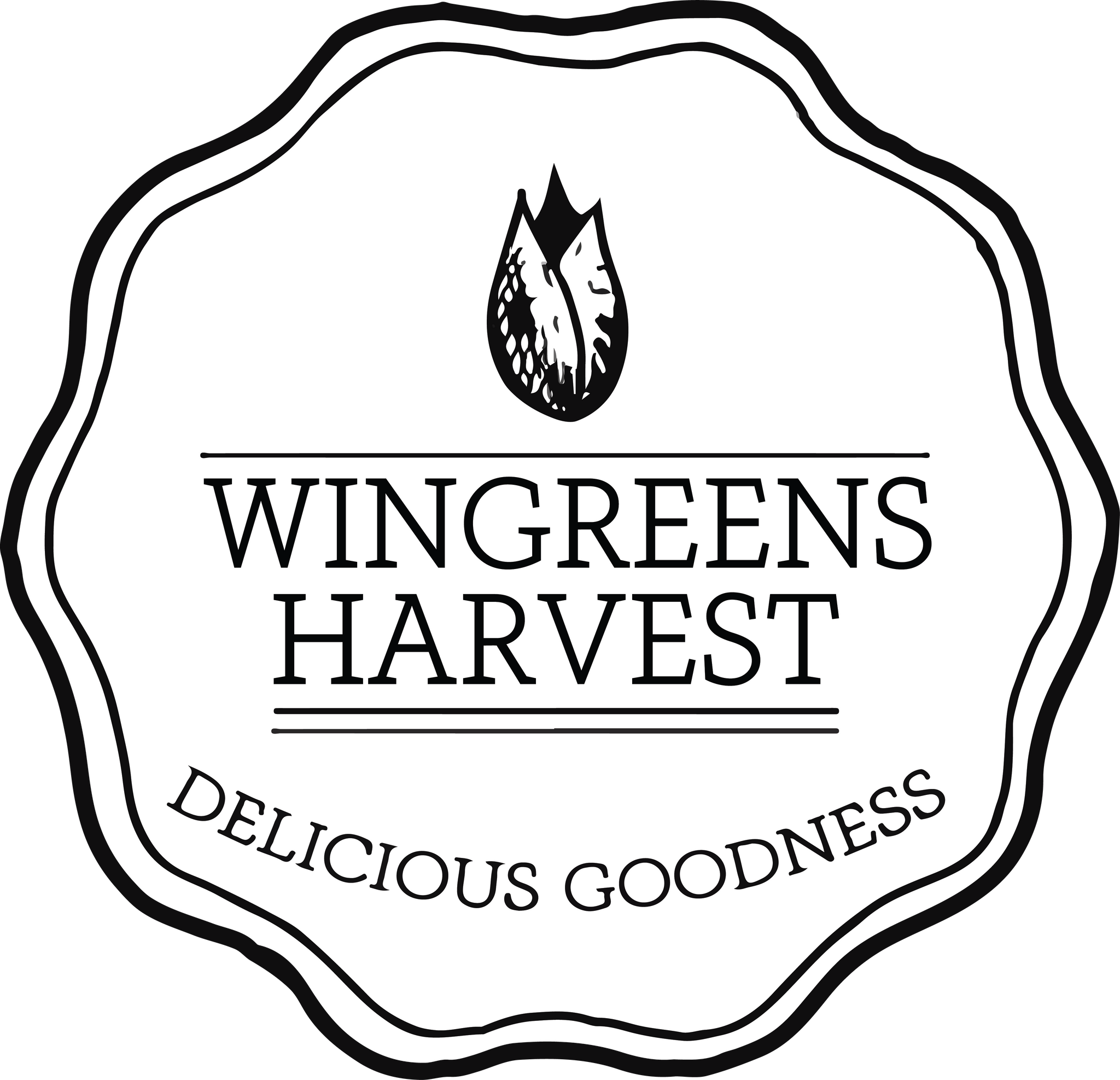
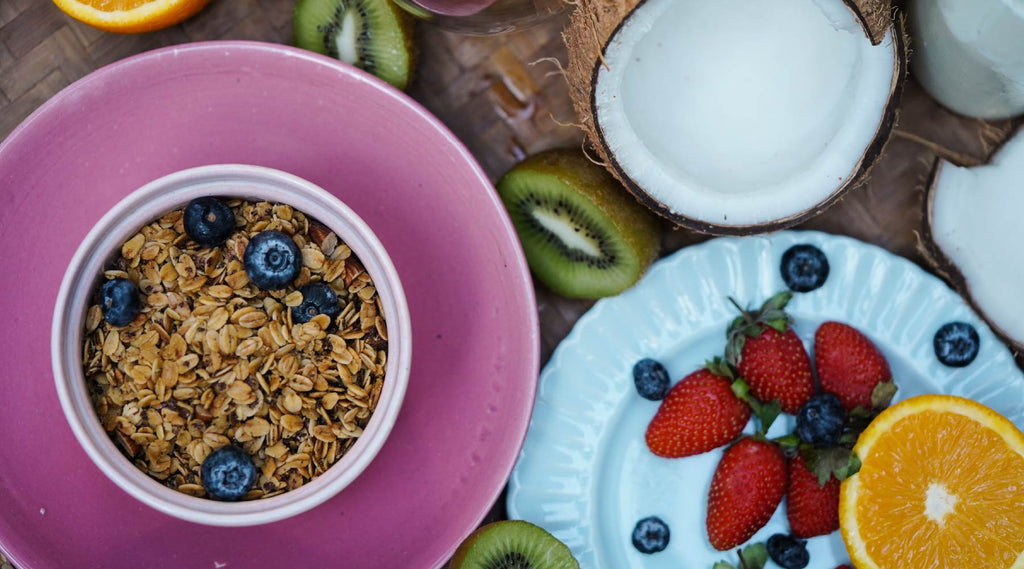
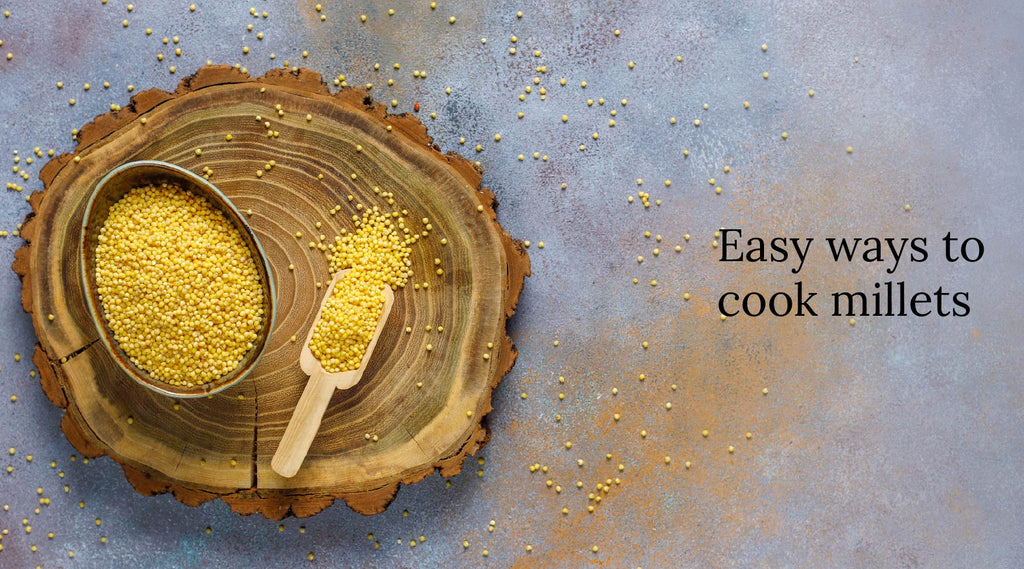
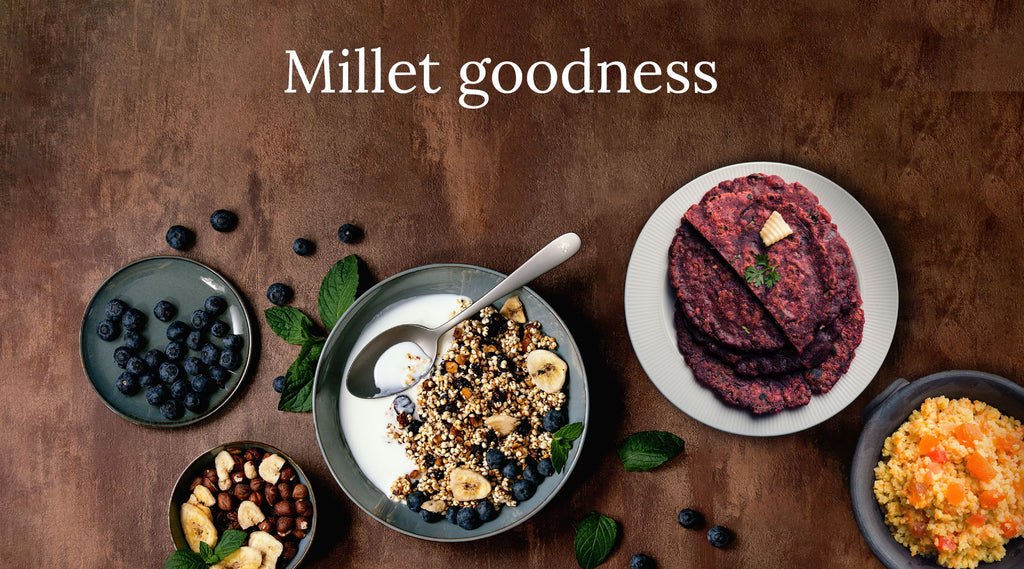

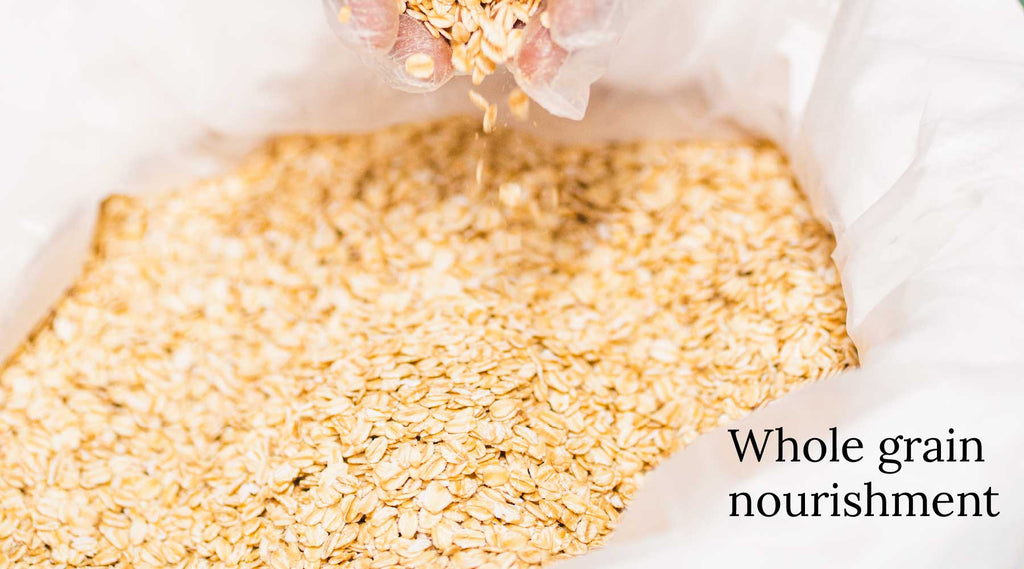
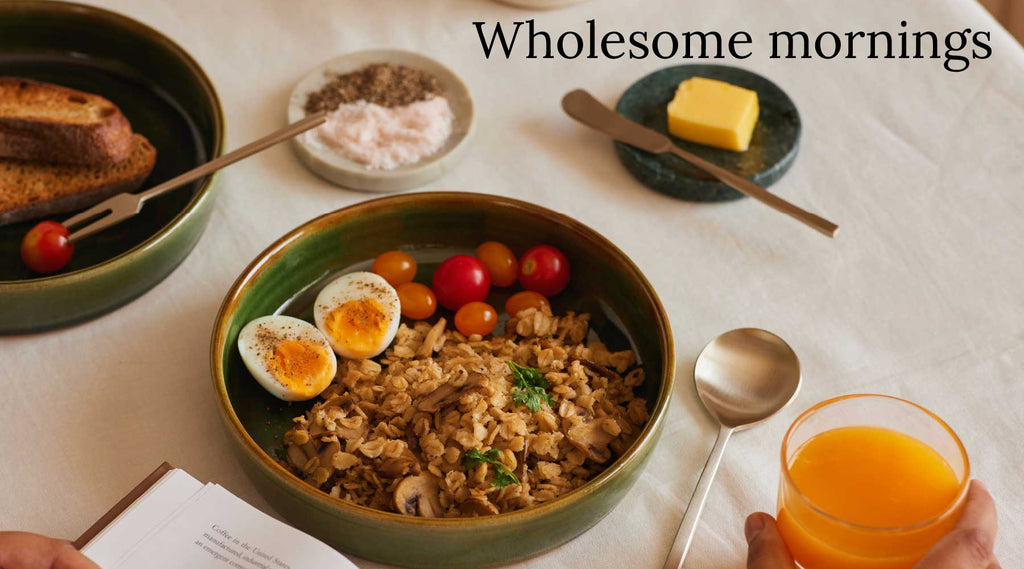
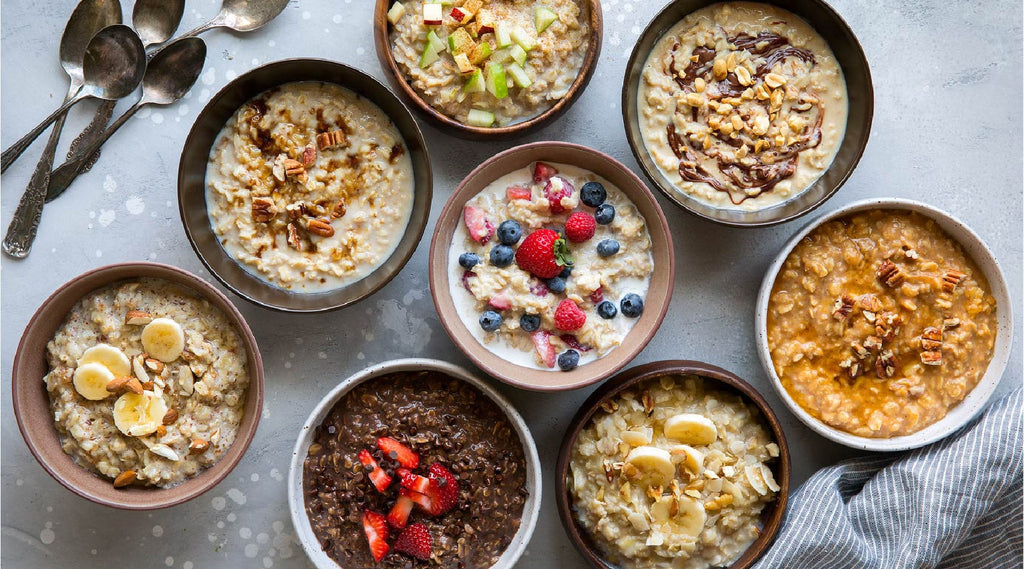
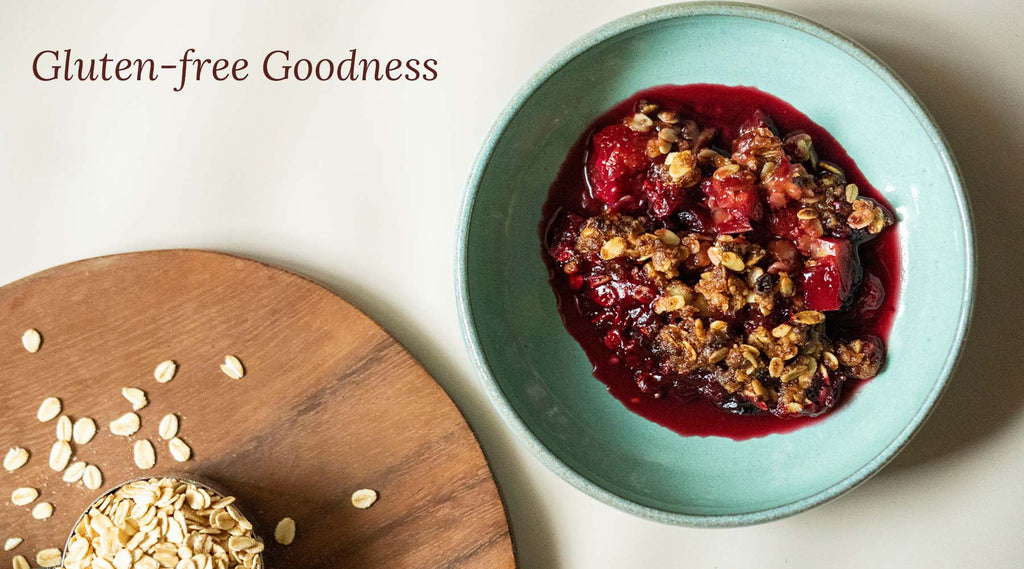
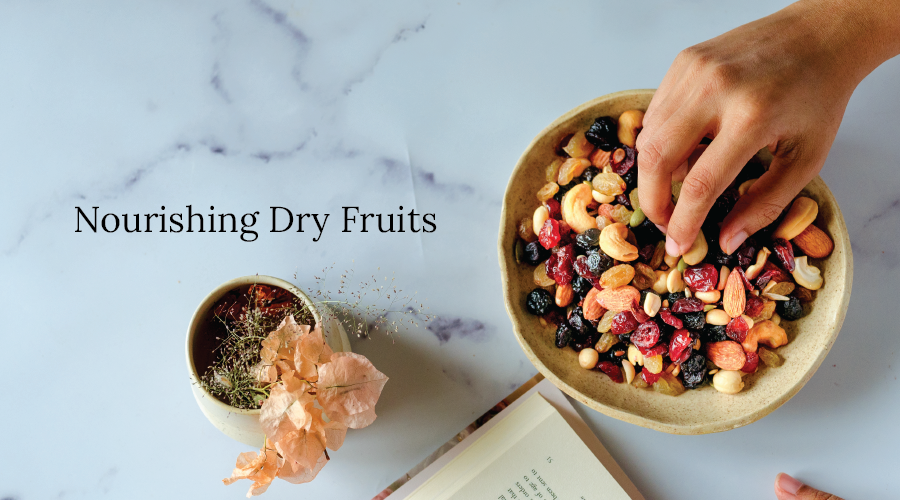
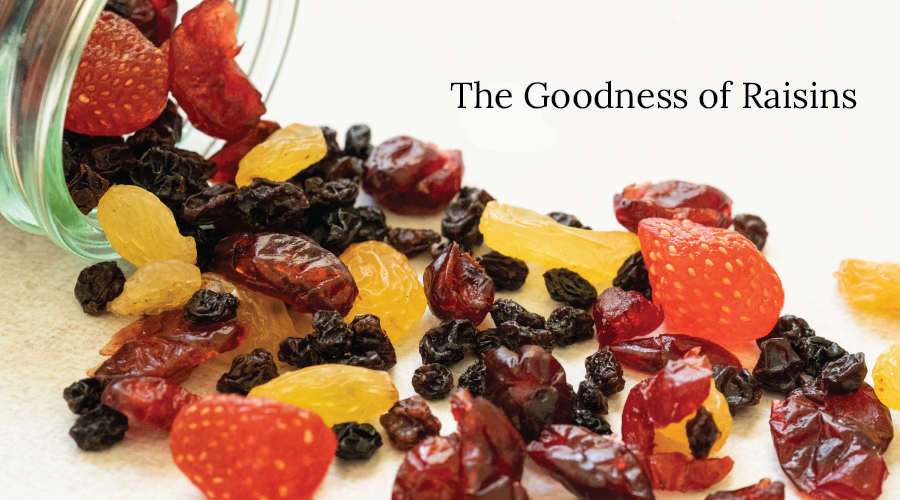
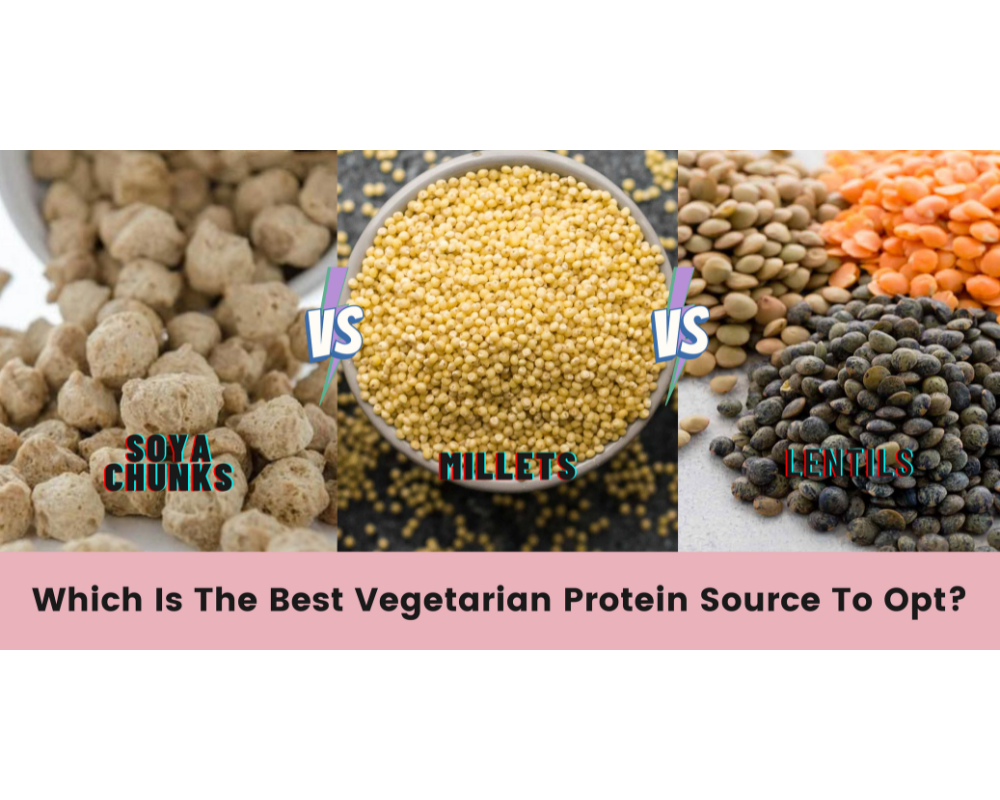
 INR
INR EUR
EUR